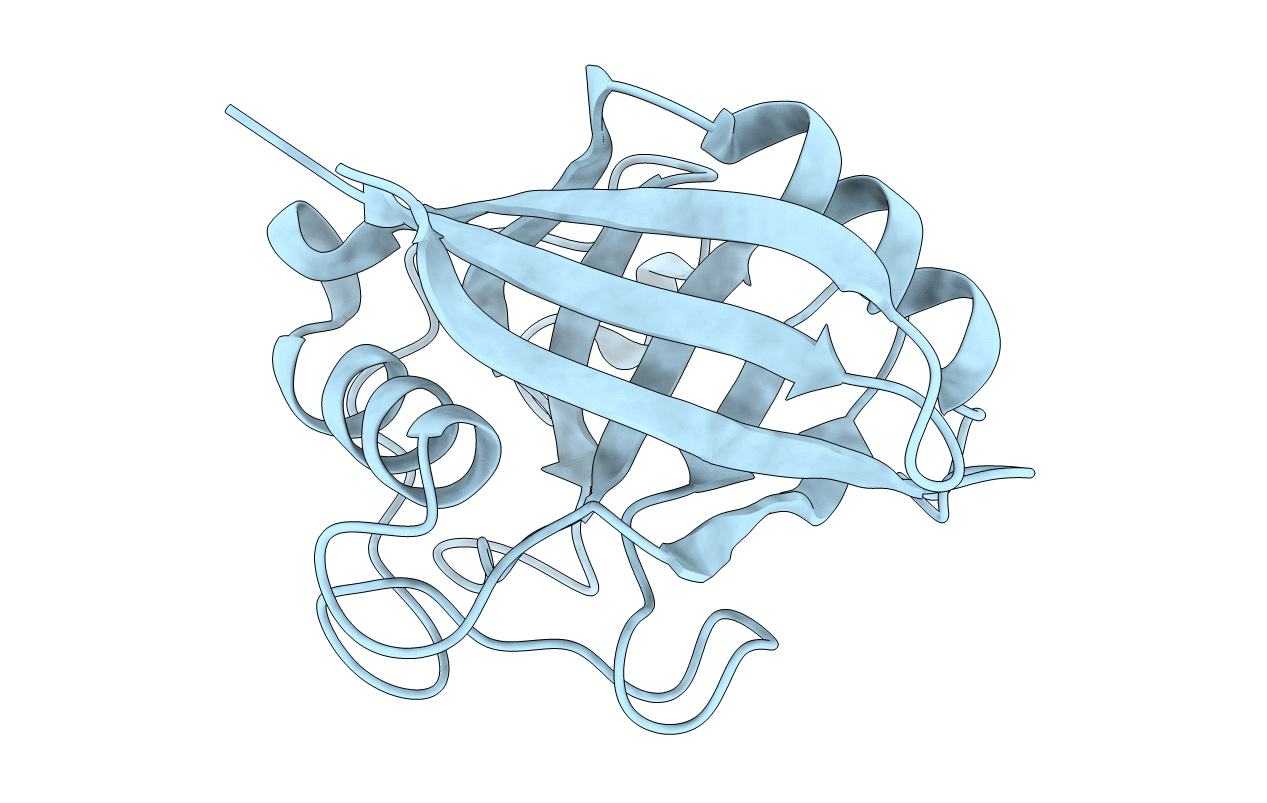
Deposition Date
1992-06-30
Release Date
1993-10-31
Last Version Date
2024-02-14
Entry Detail
PDB ID:
2CPL
Keywords:
Title:
SIMILARITIES AND DIFFERENCES BETWEEN HUMAN CYCLOPHILIN A AND OTHER BETA-BARREL STRUCTURES. STRUCTURAL REFINEMENT AT 1.63 ANGSTROMS RESOLUTION
Biological Source:
Source Organism:
Homo sapiens (Taxon ID: 9606)
Method Details:
Experimental Method:
Resolution:
1.63 Å
R-Value Work:
0.18
R-Value Observed:
0.18
Space Group:
P 21 21 21


